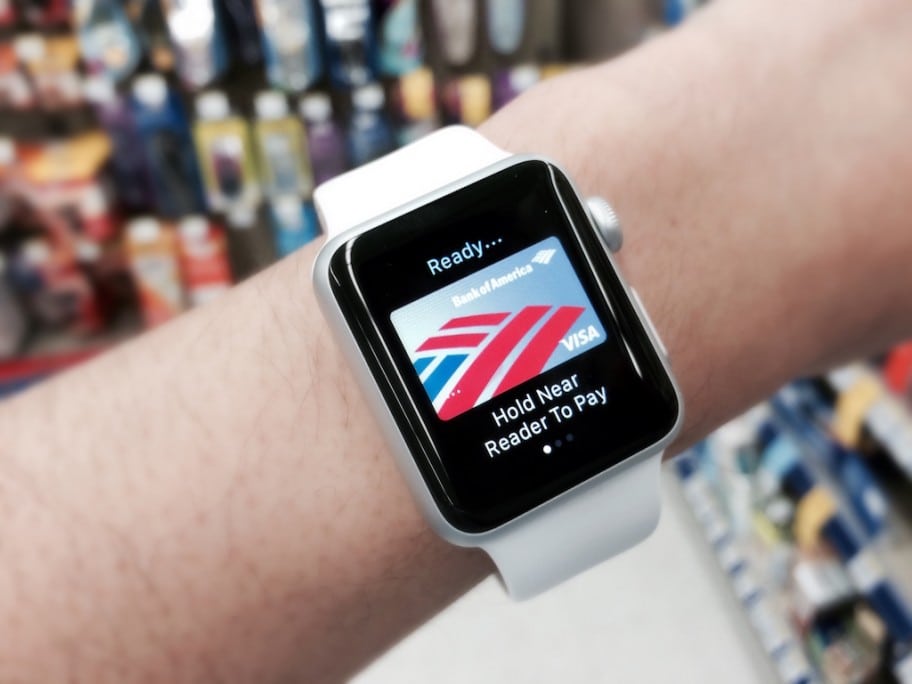In the world of business travel, virtual cards and mobile payments represent something of a holy grail. Theoretically, travelers are able to pay their expenses seamlessly, while companies and travel managers can track movements, reduce fraud, and overall exert more control over the spending of employees.
But the reality is much more complex, according to payments experts. Virtual cards, or the creation of unique credit card numbers for each business trip, and mobile payments through services like Apple Pay, Android Pay, and Samsung Pay, have yet to become ubiquitous in corporate travel due to a variety of challenges.
“Virtual cards are really a product for those with infrequent travelers; low-paid staff who don’t get a card or a card with enough credit to pay expenses on their own,” said Mario Kriebel, BCD Travel’s vice president of commercial payment solutions. “For example, in [the entertainment industry] we have several clients using virtual cards. They wanted to pay centrally for all artists, but they don’t want to get involved and give them a credit card, since they dont work for the company.”
Kriebel told Skift that BCD Travel expects virtual cards to be used for low-cost carrier air bookings in addition to hotel stays and some legacy carrier bookings.
Sabre, for instance, just announced that it will allow virtual payments to pay for air, rail and other transportation tickets in addition to add-ons and ancillaries.
But due to the intricate expense reconciliation process used by travel managers, particularly with respect to European hotel bookings, mobile payments are unlikely to become popular.
“The reality is that in corporate payments, there is no mobile payment yet,” said Kriebel. “We see the first movers; Apple Pay is open for corporate cards now, but this is relatively new. It works with American Express, but I don’t have one real example where a company uses a new form of mobile payment.”
According to an eMarketer forecast released late last year, about a third of U.S. smartphone users will use mobile payments of some sort by 2019. Adoption will, predictably, be led by millennials and total $3,017.02 per person in average yearly spending.
The forecast also anticipates that 2016 will be the year when smartphone payments move into the mainstream with a 210 percent increase in use over 2015.
Kriebel envisions something of a middle ground being reached for business travelers; credit card providers may create a solution that lets travelers use a credit card through their phone without an intermediary like Apple Pay.
“The card itself might go a little bit mobile, so instead of having my plastic corporate card in hand, I’m pretty sure this will go into my phone somehow,” said Kriebel. “When you have cards you have a lot of reporting, this all doesnt exist in mobile and automatic reconciliation which is needed for a larger organization. I don’t see any current form of payment can cope with that. I have not seen anything going beyond the border of a country or adopted by a big hotel chain.”
Subscribe to Skift Pro to get unlimited access to stories like these
{{monthly_count}} of {{monthly_limit}} Free Stories Read
Subscribe NowAlready a member? Sign in here
Subscribe to Skift Pro to get unlimited access to stories like these
Your story count resets on {{monthly_reset}}
Already a member? Sign in here
Subscribe to Skift Pro to get unlimited access to stories like these
Already a member? Sign in here
